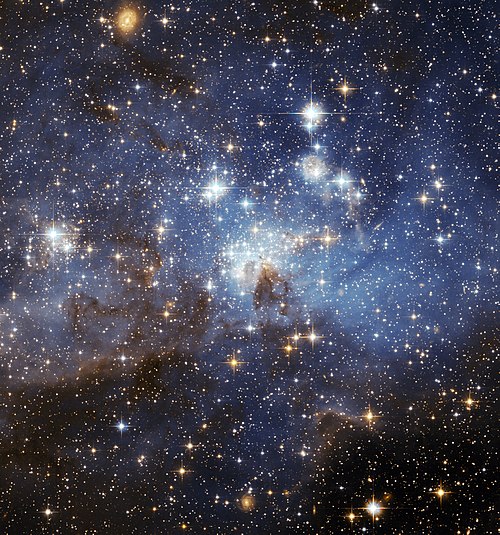IMF
Initial mass function

Initial mass function
In astronomy, the initial mass function (IMF) is an empirical function that describes the initial distribution of masses for a population of stars during star formation. IMF not only describes the formation and evolution of individual stars, it also serves as an important link that describes the formation and evolution of galaxies. The IMF is often given as a probability density function (PDF) that describes the probability of a star that has a certain mass. It differs from the present-day mass function (PDMF), which describes the current distribution of masses of stars, such as red giants, white dwarfs, neutron stars, and black holes, after a period of time of evolution away from the main sequence stars. IMF is derived from the luminosity function while PDMF is derived from the present-day luminosity function. IMF and PDMF can be linked through the "stellar creation function". Stellar creation function is defined as the number of stars per unit volume of space in a mass range and a time interval. For all the main sequence stars have greater lifetimes than the galaxy, IMF and PDMF are equivalent. Similarly, IMF and PDMF are equivalent in brown dwarfs due to their unlimited lifetimes.
Read on Wikipedia License Image-Source